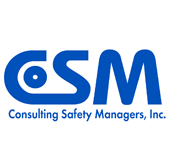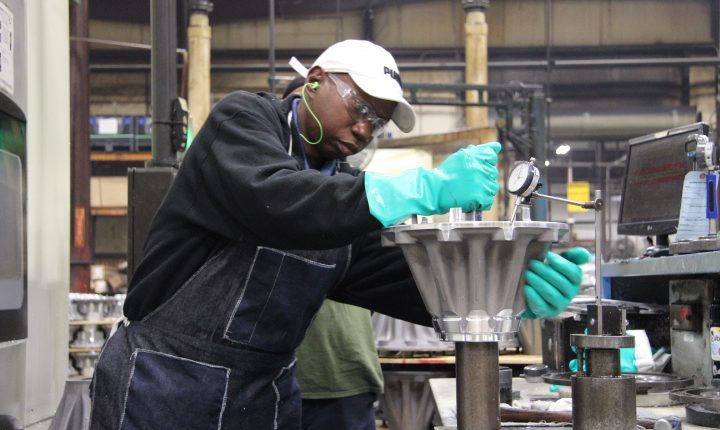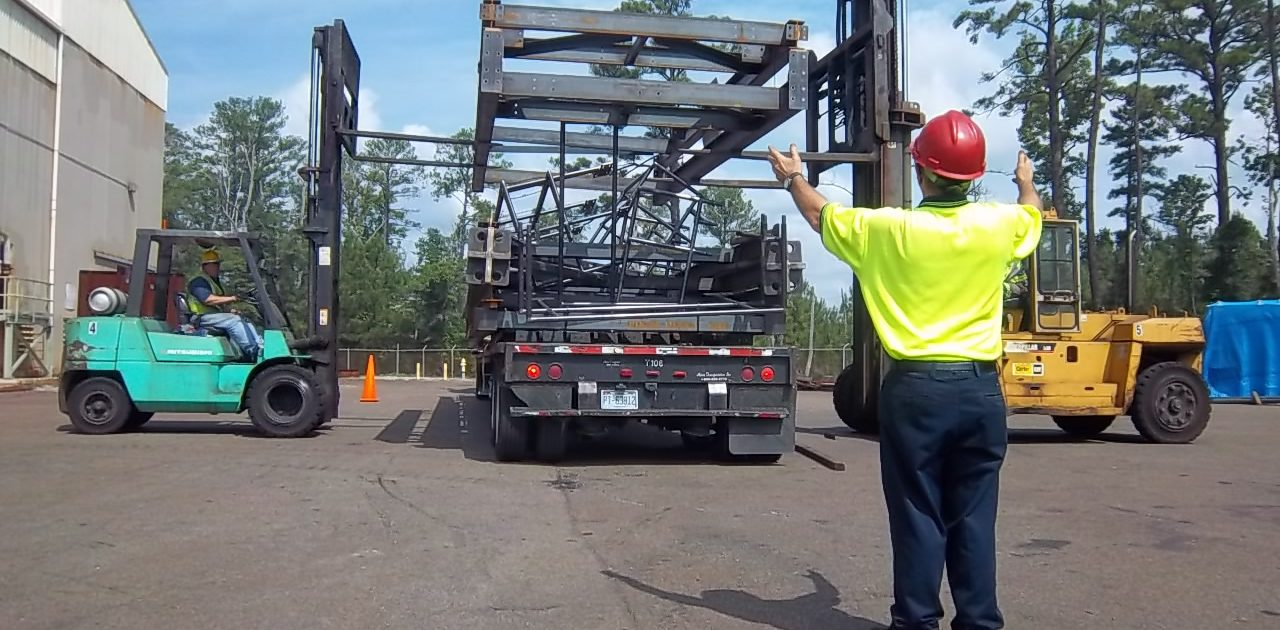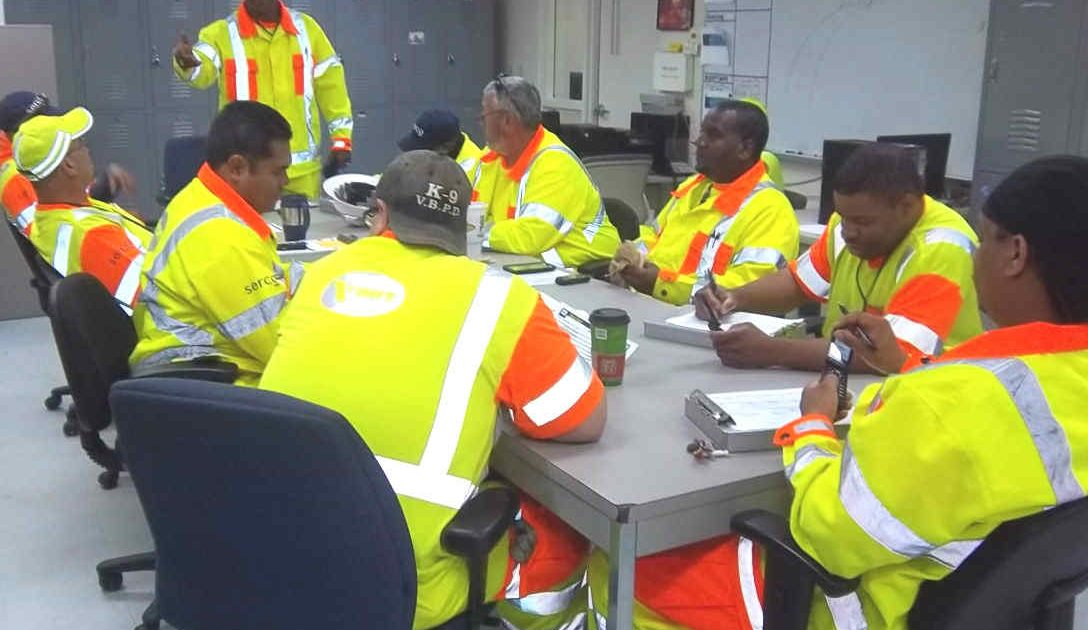Get Your Employees Working Safely
Implement Processes
Engage People
Reduce Risk
Is your safety program falling short?
Getting your employees working safely involves more than copying a safety manual from the Internet and showing a few safety videos.
A system of well-functioning safety processes can be a jet engine that powers safety performance inside your business.
Safety processes integrated into daily routines and work tasks are especially effective for controlling hazards and reinforcing safe behaviors.




